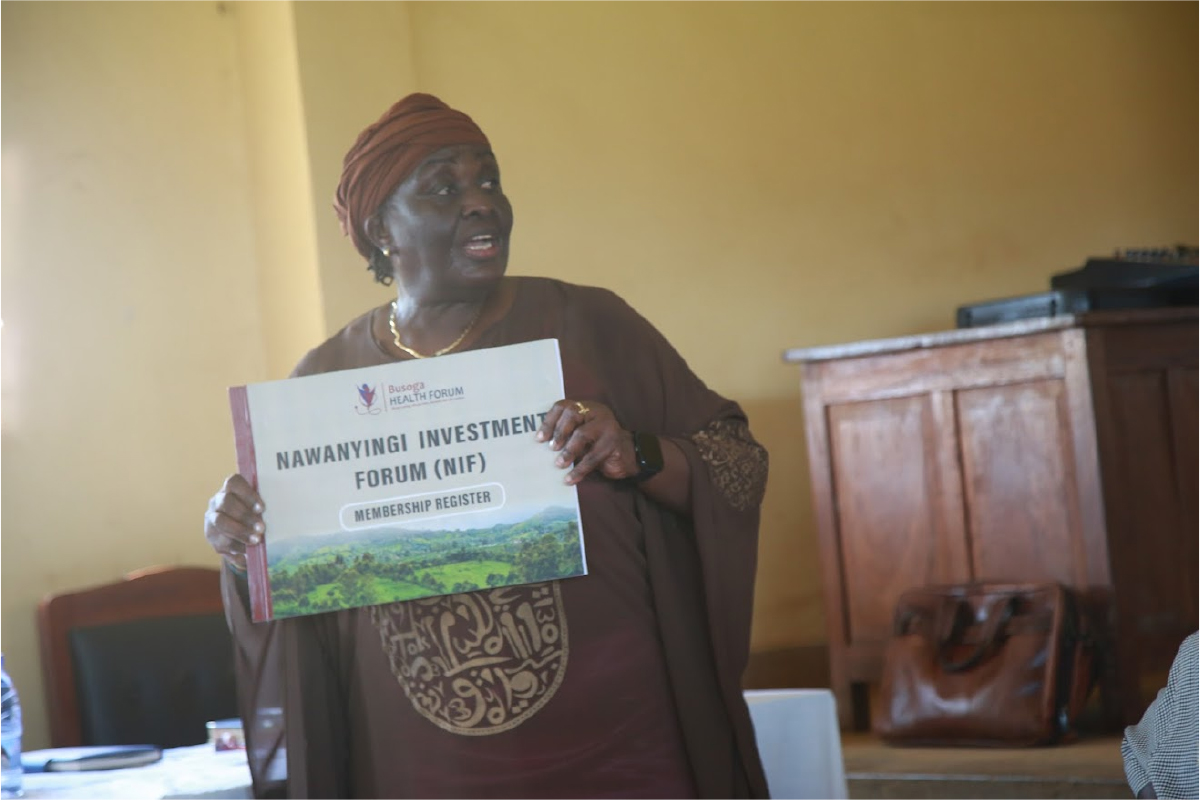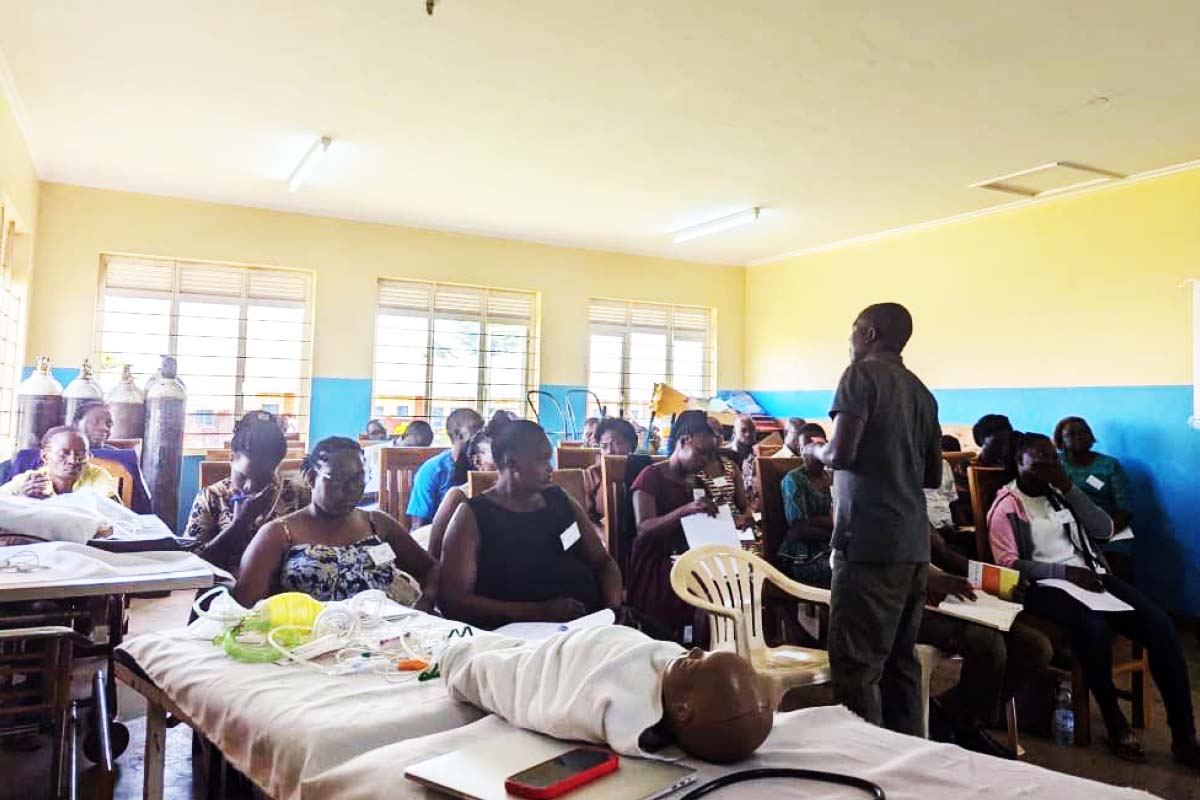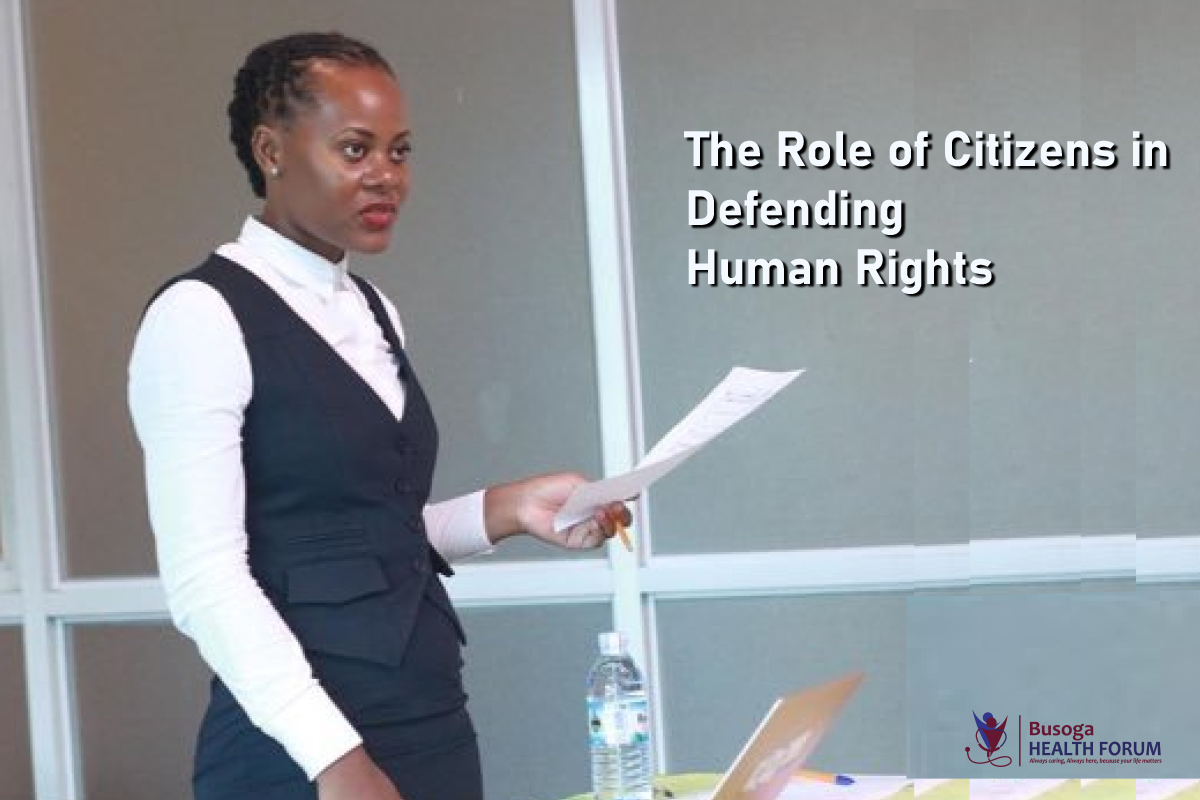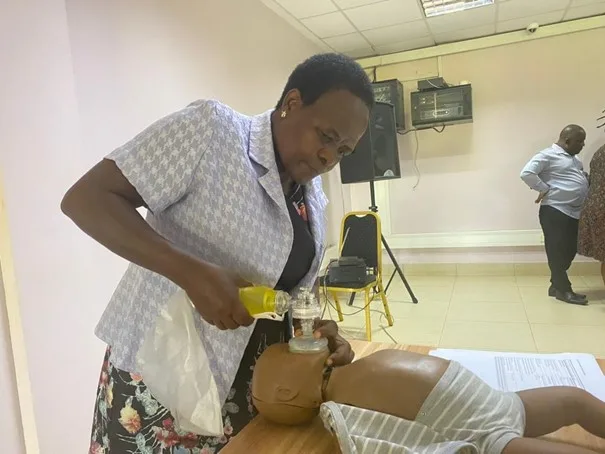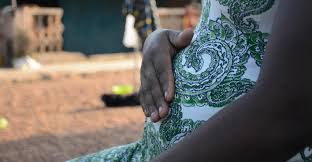
Unspaced adolescent pregnancies; a neglected emergency
By Elizabeth Namara
Uganda is currently not only grappling with the burden of adolescent and teenage mothers but also rapid repeat pregnancies.
Repeat pregnancies are defined as the incidence of two or more pregnancies before the age of 20 years.
They are now a big concern for young mothers as they present further risks for both the mother and the child.
Approximately 12 million girls aged 15-19 and 777,000 girls under 15 years give birth each year in developing countries. Teenage pregnancy rate in Uganda is at 25% and higher in the East central and Eastern regions.
It is important to note that not all adolescent births are first births; adolescents who have a child at an early age are at risk of experiencing a rapid repeat pregnancy.
More than 60% of the adolescent mothers end up with another baby before the age of 20.
While addressing participants at a recent virtual adolescent health webinar organized by Makerere School of Public Health and partners, Dr. Dinah Amongin pointed out that if nothing is done, the adolescents who are pregnant are more likely to get pregnant again.
“Once a girl has another birth before she can even turn twenty, we postulate that these problems will escalate and a girl will have a much higher burden to deal with.” Dr. Amongin explained.
Adolescent mothers are less likely to complete school or participate in the labor force and are more likely to earn less in their jobs when they do work.
There is an association between repeat pregnancy among adolescents and lower education, early onset of sexual activity and low use of contraceptives.
Adolescents have less knowledge concerning sexual reproductive health most especially the use of contraceptives to avoid un intended pregnancies.
Most adolescent mothers drop out of school when they realize they are pregnant, and chances of ever getting back to school after giving birth to a second child are very minimal.
According to Dr Amongin, for the girls who don’t have a repeat pregnancy, there has been a number of demotivators which include; partner abandonment, stern warning from parents, objection to marriage and empowerment in terms of economic activities, contraception use and resumption of school.
The girls who have experienced hardship as a result of giving birth at a tender age tend to shun away from getting another baby whereas some end up getting another baby as a result of being forced into marriages after conceiving.
Girls who get forced into marriages at a young age will definitely experience another birth before the age of 20.
And in this lockdown era, school resumption is a key issue to curbing rapid repeat pregnancies amongst adolescent girls who have been out of school for an extended period due to the Covid 19 pandemic. According to UNESCO, Uganda is ranked among the top twenty countries with the highest number of days of full school closure.
Adolescents are getting married much earlier because they don’t seem to be doing anything at home. 52% of maternal deliveries were recorded in the age group below 25 years. This is an indicator of lost opportunity not just for the adolescents but also for the country.
Meaningful youth and adolescent engagements are very necessary in addressing such challenges and curbing adolescent pregnancies and rapid repeat pregnancies.
Furthermore, in order to prevent adolescent pregnancies and repeat rapid pregnancies, the Ministry of Education and sports, and the Ministry of Health and other line ministries should focus on rehabilitating the young mothers, offer them psychosocial support and also encourage them to return to school after the first birth. This can be done through teenage mother rehabilitation initiative.
Image credits: UNESCO

